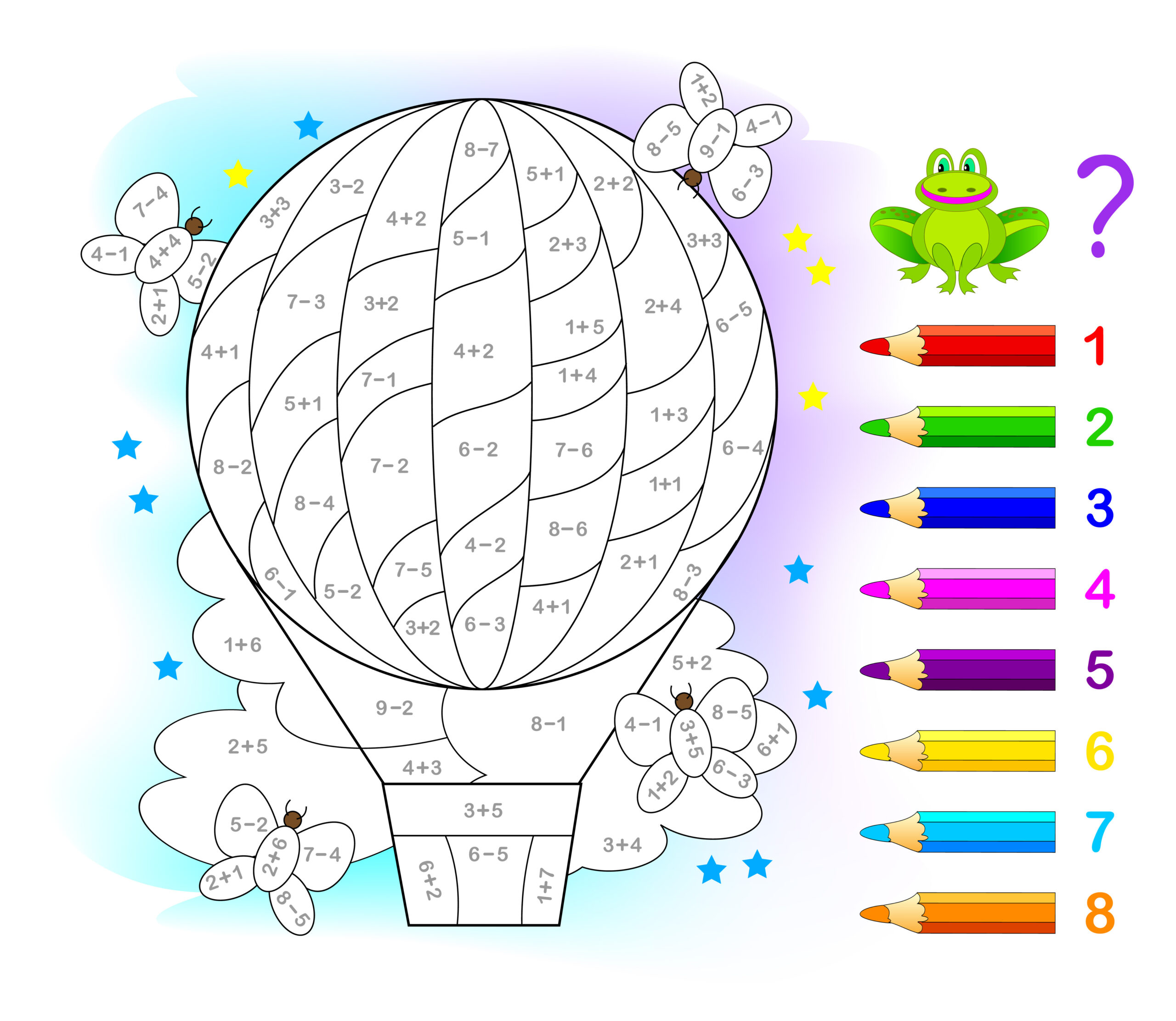What science says about reversing your biological clock
Science is uncovering fascinating insights into the possibility of reversing our biological clock—the process that determines how fast or slow our bodies age at the cellular level. Unlike chronological age, which simply counts years lived, biological age reflects the true condition of our cells and tissues. Recent breakthroughs suggest that aging might not be a one-way street after all.
One key discovery involves human cells showing an ability to “turn back the clock” when freed from their usual evolutionary constraints. Researchers found that these cells can re-express ancient genes shared with very early life forms and embryonic genes responsible for development processes like cell layering and folding. This suggests a kind of cellular reset, where aged cells revert to a more youthful state similar to early developmental stages.
Scientists have also developed models using induced pluripotent stem cells (iPSCs), which are adult cells reprogrammed back into an embryonic-like state. When these iPSCs are artificially aged in the lab, they surprisingly self-rejuvenate within days—losing typical signs of aging such as DNA damage and metabolic decline. By studying this self-rejuvenation process, researchers aim to identify genetic factors that either promote or inhibit aging. So far, over 150 genes have been linked to this rejuvenation process—some essential for turning back aging signs, others accelerating it when suppressed.
Another exciting frontier lies in understanding how tiny organisms living inside us—the microbiome—affect biological aging. The trillions of bacteria on our skin and in our gut appear to influence how quickly we age at a molecular level. Scientists now use advanced “aging clocks” that measure epigenetic changes (chemical modifications on DNA), blood biomarkers, and microbiome composition to estimate true biological age more accurately than ever before.
Think about two people both 45 years old: one looks vibrant with glowing skin; the other shows visible signs of wear beyond their years. Their difference may come down largely to their unique microbiomes influencing inflammation levels, nutrient absorption, immune function—and ultimately cellular health.
While we can’t yet fully reverse time itself, these scientific advances reveal promising pathways toward slowing down or even partially rewinding aspects of biological aging by targeting genetics and harnessing beneficial microbes within us. The future may hold therapies designed not just to extend lifespan but also healthspan—the period during which we remain healthy and youthful inside out.
In essence, science is beginning to crack open what was once thought impossible: turning back your body’s internal clock by resetting cellular functions and nurturing your microscopic partners who help keep you young at heart—and in body too.





